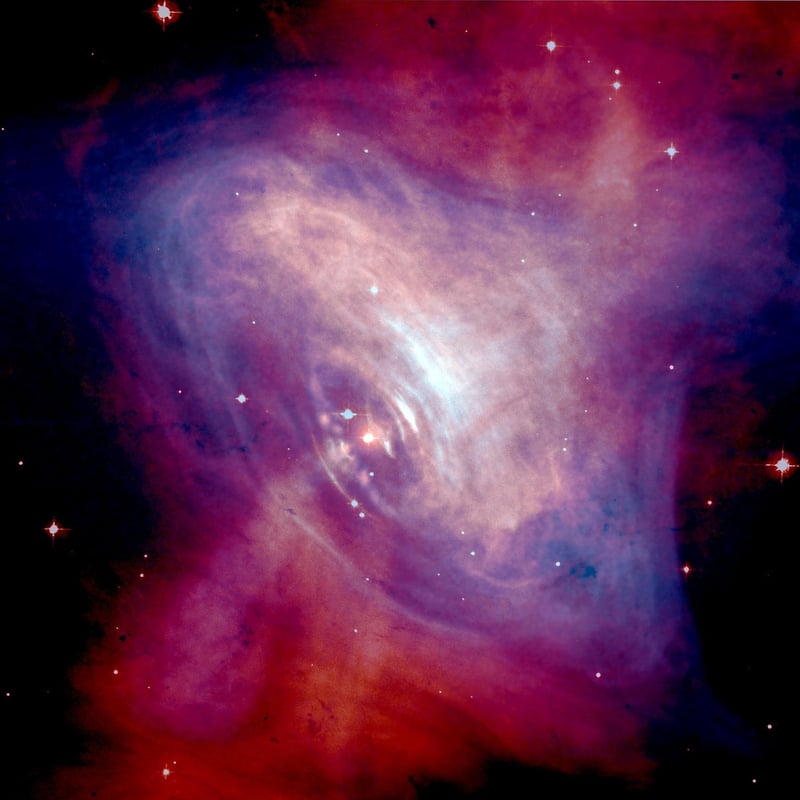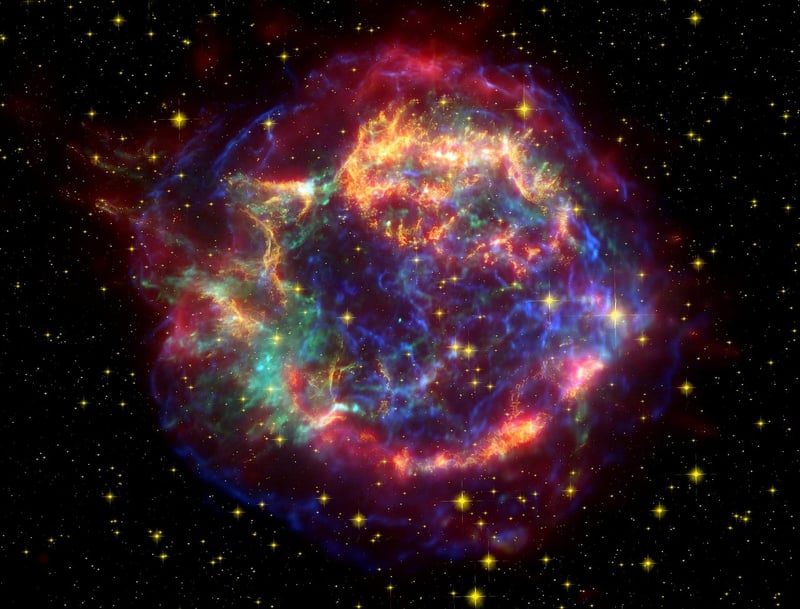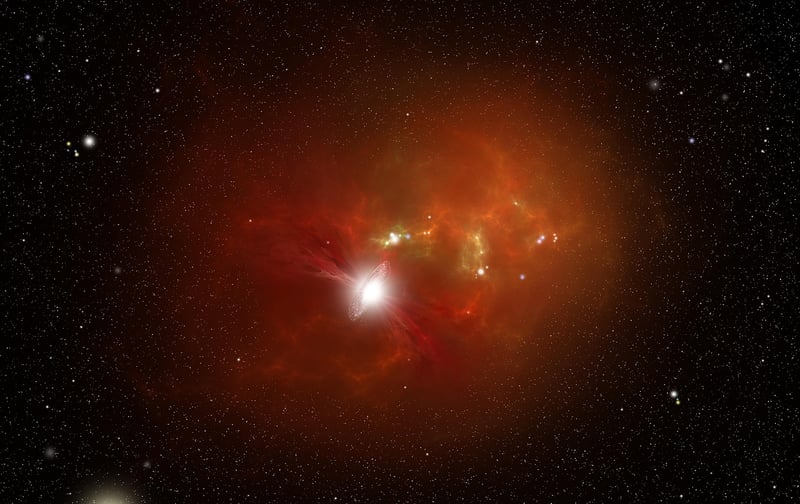Supernova Explosions
Unveiling the Cosmic Marvels: Supernova Explosions

Step into the fascinating realm of cosmic marvels and witness the awe-inspiring phenomenon of supernova explosions. These celestial events, occurring in the vast expanse of the universe, captivate astronomers and stargazers alike with their immense power and beauty.
What is a Supernova?
A supernova is a stellar explosion that marks the dramatic death of a massive star. During this cataclysmic event, the star releases an incredible amount of energy, briefly outshining entire galaxies before fading away over time. Supernovae are crucial for enriching the universe with heavy elements and shaping the cosmic landscape.
The Types of Supernovae
There are two primary types of supernovae: Type I and Type II. Type I supernovae occur in binary star systems where a white dwarf star accretes material from a companion star, reaching a critical mass and undergoing a thermonuclear explosion. On the other hand, Type II supernovae result from the collapse of massive stars at the end of their life cycles.
Impact on the Universe
Supernova explosions play a crucial role in the evolution of galaxies by dispersing heavy elements such as iron, gold, and uranium into space. These elements are essential for the formation of planets, stars, and even life itself. Additionally, supernovae serve as cosmic beacons, illuminating the dark cosmic expanses and providing valuable insights into the nature of the universe.
Observing Supernovae
Astronomers around the world actively monitor the night sky for the sudden appearance of supernovae. By studying these cosmic fireworks, scientists can unravel the mysteries of stellar evolution, the dynamics of galaxies, and the fate of the universe.
Embark on a cosmic journey and marvel at the breathtaking beauty of supernova explosions, the cosmic marvels that shape the tapestry of the universe.

